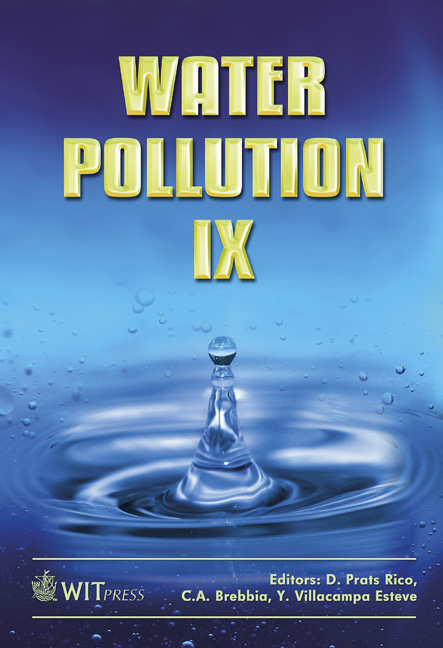Pattern Recognition Of Grazing Dynamics In Response To Fish Removal (Lake Wolderwijd, Netherlands) Using Non-supervised Artificial Neural Networks
Price
Free (open access)
Transaction
Volume
111
Pages
10
Page Range
23 - 32
Published
2008
Size
1,596 kb
Paper DOI
10.2495/WP080031
Copyright
WIT Press
Author(s)
A. Talib, Y. Abu Hasan, F. Recknagel & D. T. van der Molen
Abstract
Limnological time-series data sets of the eutrophic Dutch lake Wolderwijd were modelled by means of non-supervised artificial neural networks (NSANN) for pattern recognition. This lake has been subjected to various eutrophication control measures for the past 3 decades, including the top-down approach of planktivorous fish removal or biomanipulation. NSANN was applied for patternising the effects of pre- and post-fish removal on the phyto- and zooplankton dynamics. Results of the study have demonstrated that NSANN can: (1) elucidate short-term shifts and long-term causal relationships of complex ecological dynamics, associated with grazing, taking into account the ongoing impacts of phosphorus removal in the lake, (2) illustrate the potential impact of zooplankton grazing during the clear-water phase in spring and (3) the complex dynamics involving water quality, phyto- and zooplankton changes that take place when Daphnia peaks Keywords: non-supervised ANN, biomanipulation, phytoplankton, zooplankton, grazing, planktivorous fish. 1 Introduction Exploiting Daphnia to control eutrophication is dependent on increased predation on planktivorous fishes by increasing piscivorous fish-stocks. This is a top-down approach based on the trophic cascades (Carpenter et al. [1]) for
Keywords
non-supervised ANN, biomanipulation, phytoplankton, zooplankton, grazing, planktivorous fish.





